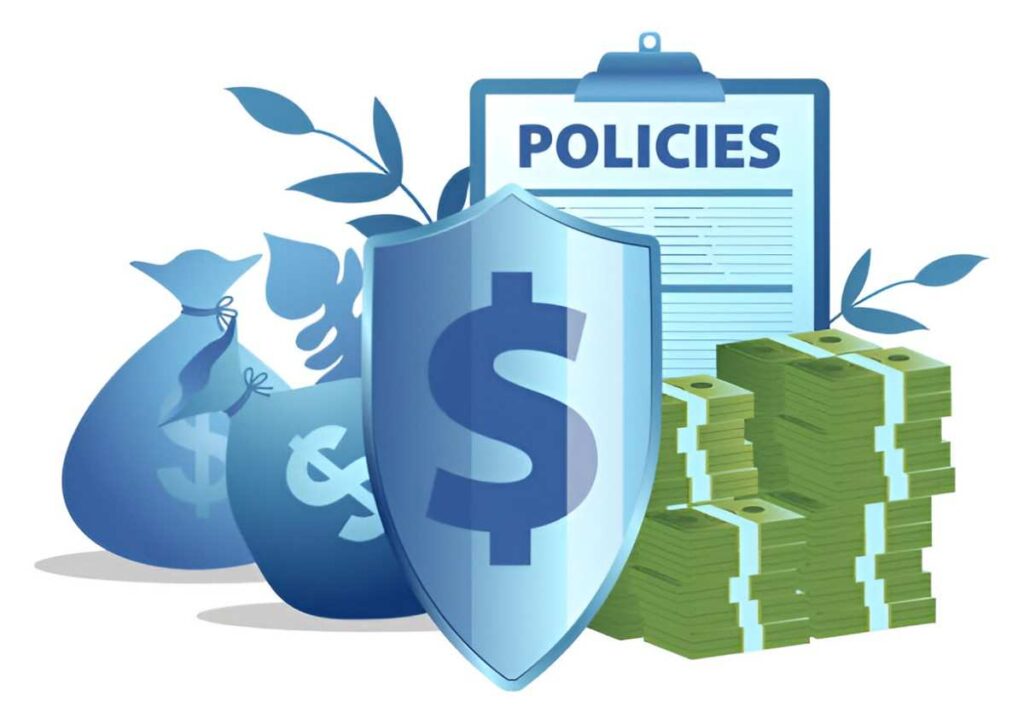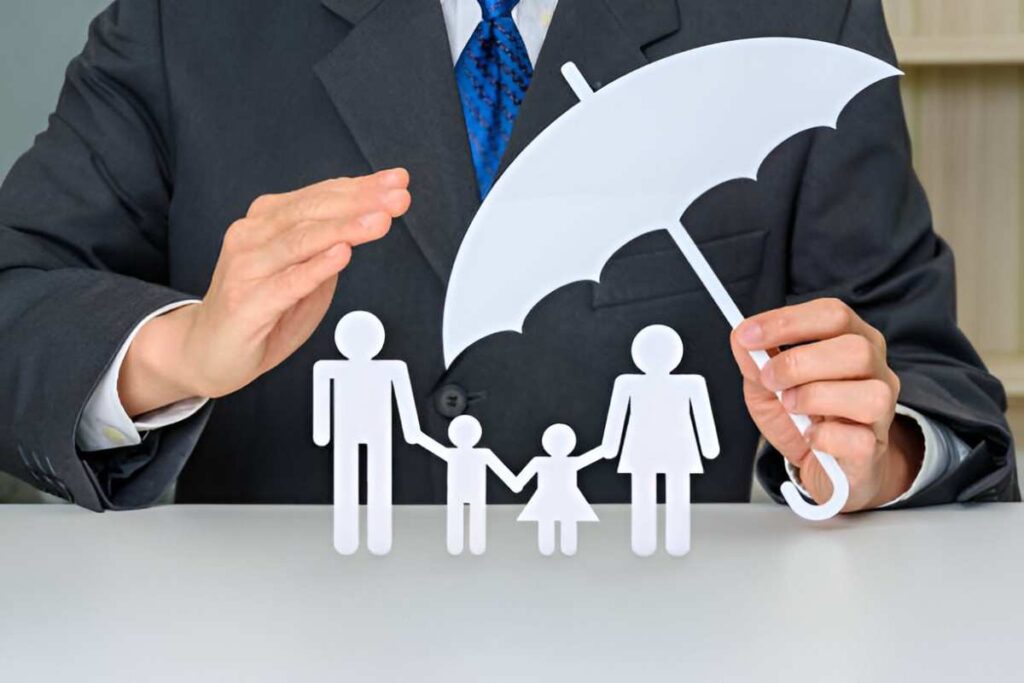Risk management and insurance revolve around identifying, assessing, and mitigating potential threats. One of the foundational concepts in this field is peril—a term that defines the specific cause of loss or damage. In this article, I will explore what peril means, how it differs from related terms like hazard and risk, and why understanding it is crucial for both insurers and policyholders. I will also discuss mathematical models used in underwriting, real-world examples, and strategies to manage perils effectively.
Table of Contents
What Is Peril?
A peril is an event or circumstance that directly causes financial loss or damage. In insurance, perils are the triggers that lead to claims. Common examples include:
- Natural perils: Hurricanes, earthquakes, floods.
- Human-made perils: Theft, vandalism, arson.
- Economic perils: Market crashes, inflation.
Insurance policies often specify which perils they cover. For instance, a standard homeowners’ policy may cover fire but exclude flood damage.
Peril vs. Hazard vs. Risk
People often confuse peril, hazard, and risk. Here’s how they differ:
| Term | Definition | Example |
|---|---|---|
| Peril | Direct cause of loss | A lightning strike burning down a house |
| Hazard | Condition increasing the likelihood of a peril | Faulty wiring (increases fire risk) |
| Risk | Uncertainty of loss | Probability of a hurricane hitting Florida |
Understanding these distinctions helps in structuring better insurance contracts and risk mitigation strategies.
Mathematical Modeling of Peril in Insurance
Actuaries and underwriters use probability and statistical models to assess perils. Two key formulas are:
- Expected Loss Calculation:
E(L) = \sum_{i=1}^{n} P_i \times L_i
Where:
- E(L) = Expected loss
- P_i = Probability of peril i occurring
- L_i = Loss amount if peril i occurs
- Pure Premium Formula:
PP = \frac{\text{Total Claims}}{\text{Number of Exposure Units}}
Example Calculation
Suppose an insurer assesses 1,000 homes in a wildfire-prone area. Historical data shows:
- Annual wildfire probability (P) = 2%
- Average loss per fire (L) = $250,000
The expected annual loss per home is:
E(L) = 0.02 \times 250,000 = \$5,000If administrative costs and profit loadings add 20%, the premium would be:
\text{Premium} = 5,000 \times 1.20 = \$6,000This simplified model illustrates how insurers price policies based on peril exposure.
Types of Perils in Insurance Policies
Insurance policies classify perils into two main categories:
- Named Perils – Only listed perils are covered (e.g., fire, theft).
- Open Perils (All-Risk) – All perils are covered unless explicitly excluded (e.g., earthquakes in standard homeowners’ policies).
Common Exclusions
Even “all-risk” policies exclude certain perils, such as:
- War
- Nuclear hazards
- Intentional damage by the policyholder
Case Study: Hurricane Peril in Florida
Florida’s property insurance market struggles with hurricane perils. Insurers use catastrophe models to estimate losses:
\text{Total Loss} = \text{Exposure} \times \text{Vulnerability} \times \text{Hazard Intensity}For example, if:
- Exposure (insured properties) = $50 billion
- Vulnerability (average damage ratio) = 10%
- Hazard Intensity (probability of Category 5 hurricane) = 1%
The expected annual loss is:
50,000,000,000 \times 0.10 \times 0.01 = \$50,000,000This explains why Florida premiums are high—insurers must account for extreme weather perils.
Managing Peril Exposure
Risk Transfer (Insurance)
The most common method, where insurers absorb the financial impact of perils in exchange for premiums.
Risk Mitigation
- Property-level: Fire-resistant materials, storm shutters.
- Community-level: Flood barriers, zoning laws.
Risk Avoidance
Avoiding high-peril areas altogether (e.g., not building in floodplains).
The Future of Peril Assessment
Advancements in AI and climate modeling improve peril prediction. However, emerging risks like cyber perils challenge traditional underwriting methods.
Conclusion
Peril is the cornerstone of risk management and insurance. By understanding its nuances, insurers can price policies accurately, and policyholders can make informed coverage decisions. Whether through mathematical models or real-world case studies, recognizing how perils function ensures better financial resilience against unforeseen events.





